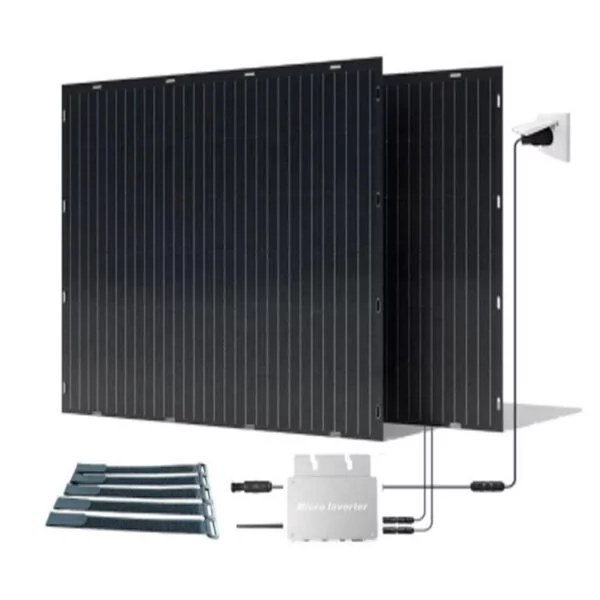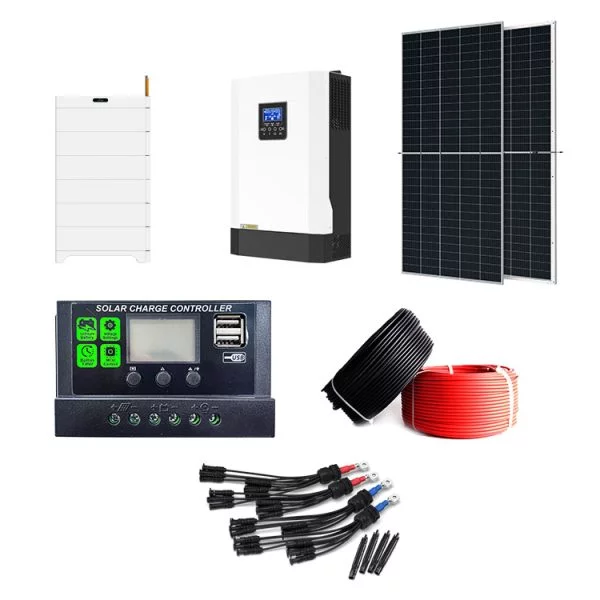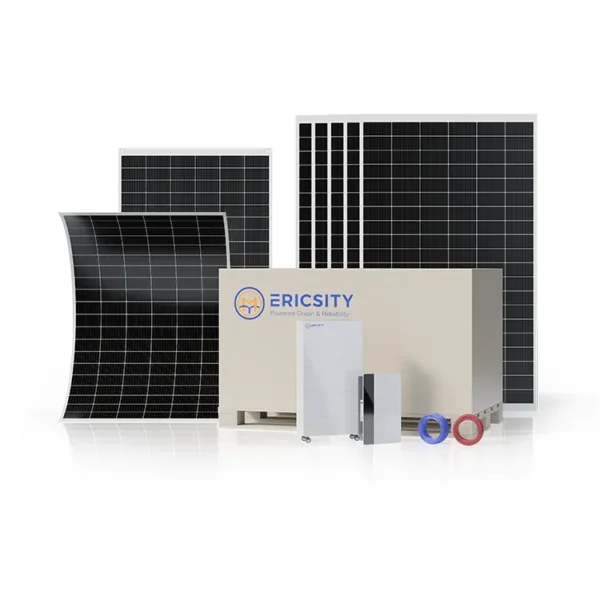HOT PRODUCT
Product Details
semi-flexible Solar Panels: Innovative Solutions For A Greener Future
Title: Semi-Flexible Solar Panels: Innovative Solutions For A Greener Future
Introduction (60 words)
With the increasing focus on sustainable energy, the utilization of solar panels has gained immense popularity. Semi-flexible solar panels have emerged as a promising innovation in the field of renewable energy. This article explores the characteristics, applications, advantages, and challenges of semi-flexible solar panels, highlighting their potential to contribute to a greener and more sustainable future.
Characteristics of Semi-Flexible Solar Panels (120 words)
Semi-flexible solar panels, as the name suggests, have a certain degree of flexibility compared to conventional rigid panels. They typically consist of lightweight materials such as polymers or thin film layers of photovoltaic (PV) material sandwiched between protective coatings. This flexibility makes them ideal for several applications where traditional solar panels cannot be used, such as curved surfaces, roofs, vehicles, boats, and portable electronic devices. Although they are not as flexible as thin-film solar cells, they can bend and conform to a range of shapes, thanks to their unique design.

Applications of Semi-Flexible Solar Panels (120 words)
One of the significant advantages of semi-flexible solar panels lies in their versatility. Their adaptability to various surfaces enables their use in a multitude of applications. The construction industry benefits from their flexible nature, as they can be seamlessly integrated into building materials like roofs, façades, and windows. In the transportation sector, semi-flexible solar panels can be installed on electric vehicles, boats, and even aircraft to generate clean energy. Additionally, they find applications in powering portable electronic devices and wearable technology, offering a convenient and eco-friendly charging solution.
Advantages of Semi-Flexible Solar Panels (200 words)
Semi-flexible solar panels offer numerous advantages over rigid panels. Firstly, their lightweight and thin design make installation easier and less burdensome, reducing the structural requirements. They are also more resistant to impact, making them suitable for areas prone to high winds or impacts from hail. Furthermore, their flexibility allows for better integration into various surfaces, enabling aesthetically pleasing installations and integrating seamlessly with architectural designs.
The flexible panels can capture sunlight from different angles, making them more efficient than their rigid counterparts, especially in challenging environments with partial shading or irregular surfaces. Their enhanced efficiency translates into higher energy output per square meter. With technological advancements, semi-flexible panels are becoming increasingly durable and less prone to performance degradation, thereby ensuring a more extended lifespan and higher return on investment.
Challenges and Future Prospects (140 words)
Despite their numerous advantages, semi-flexible solar panels also pose some challenges. Due to their inherent flexibility, they have lower power conversion efficiency compared to rigid panels. Balancing flexibility and efficiency remains a major area of research and development. Additionally, as the technology is relatively new, the cost of production and associated equipment remains higher than traditional solar panels. However, as the market demand and manufacturing scale increase, it is anticipated that the costs will gradually decrease.

Future prospects for semi-flexible solar panels are promising. Advancements in material science and manufacturing techniques aim to enhance the conversion efficiency, durability, and flexibility of these panels further. The integration of semi-flexible panels into wearable technology and smart buildings is expected to revolutionize the way we generate and consume renewable energy in the coming years.
Conclusion (60 words)
Semi-flexible solar panels represent a significant step forward in solar energy innovation. Their flexibility, lightweight design, and versatility open up new possibilities for sustainable energy generation in diverse applications. As technology continues to advance, overcoming existing challenges and improving efficiency, semi-flexible solar panels are poised to play a pivotal role in creating a greener and more sustainable future.




